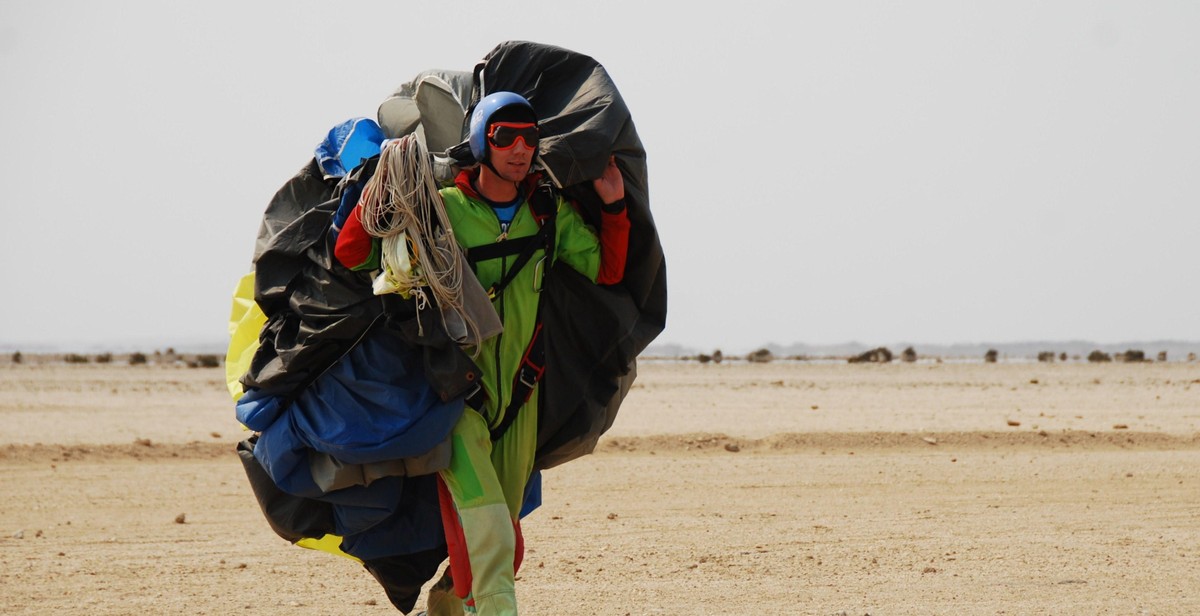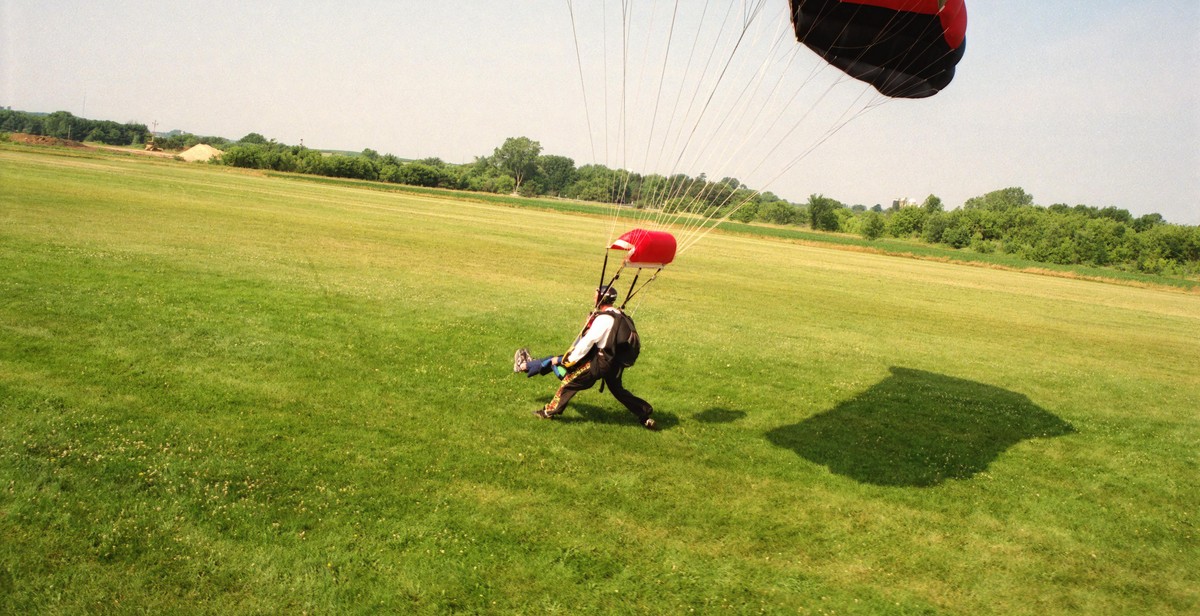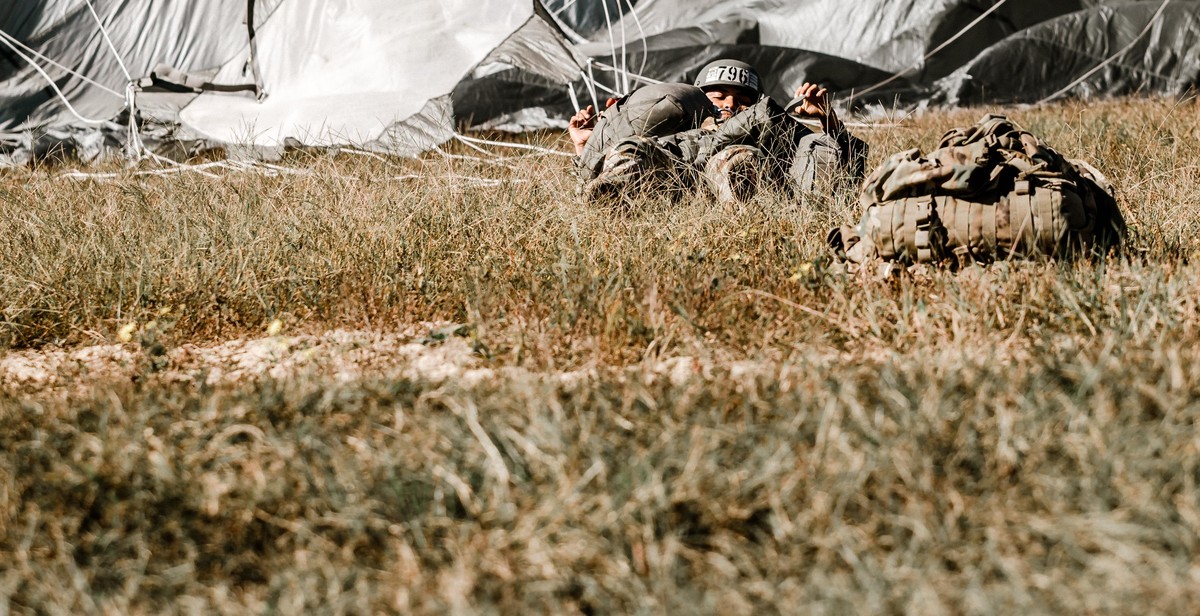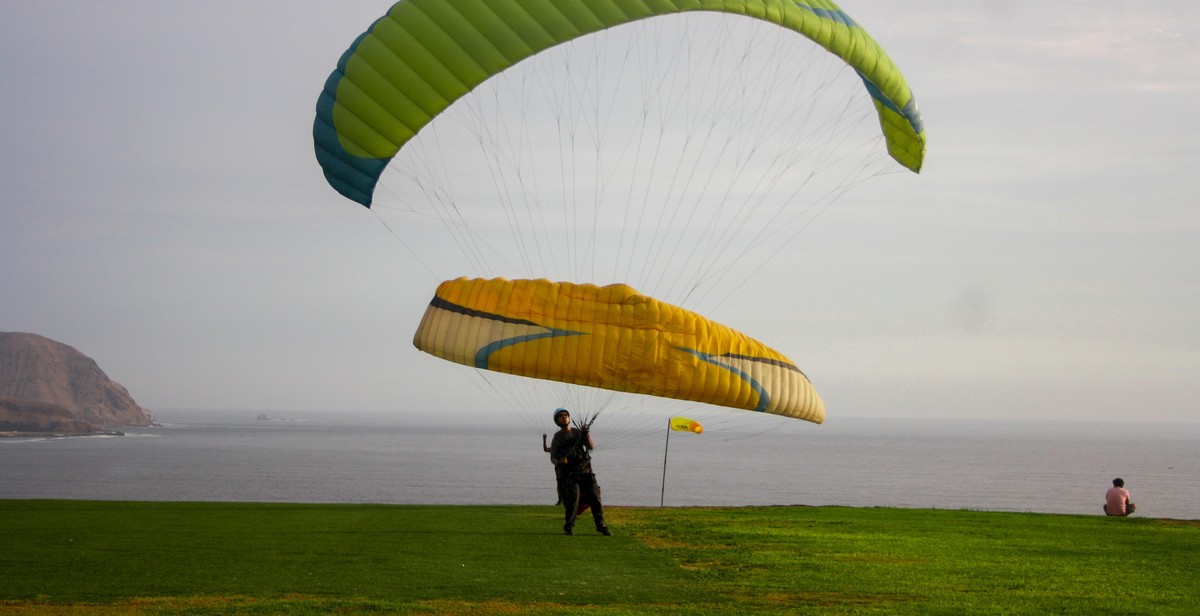How to Prepare for a Parachute Landing: Techniques for a Safe and Controlled Touchdown
As a professional skydiver with over a decade of experience, I have had my fair share of parachute landings. A successful landing is crucial for the safety and well-being of the skydiver. In this article, I will share some techniques that will help you prepare for a safe and controlled parachute landing.
The Importance of Proper Training
Before you even consider jumping out of a plane, it is essential to undergo proper training. This includes both ground training and actual jumps with an experienced instructor. During this training, you will learn the basics of skydiving, parachute deployment, and landing techniques.
Understanding Wind Direction and Speed
One of the most critical factors in a successful parachute landing is understanding wind direction and speed. Before you jump, make sure to check the weather conditions and ask your instructor for advice on how to adjust your landing approach based on the wind.
Executing a Safe and Controlled Landing
Once you have deployed your parachute, it is crucial to maintain control and focus on your landing approach. Proper body position, flaring the parachute at the right time, and using your legs to absorb the impact are all essential techniques for a safe and controlled landing.
- Keep your eyes on the horizon and your body in a stable position
- Flare the parachute when you are about 20-30 feet from the ground
- Use your legs to absorb the impact of the landing
By following these techniques and undergoing proper training, you can ensure a safe and successful parachute landing. Remember to always prioritize safety and listen to the advice of your instructor.

Understanding Parachute Landings
A parachute landing is the process of safely touching down on the ground after jumping out of a plane using a parachute. This is a crucial skill for skydivers, military personnel, and emergency responders who rely on parachutes to get them safely to the ground.
Types of Parachute Landings
There are two main types of parachute landings: the PLF (parachute landing fall) and the stand-up landing.
The PLF (Parachute Landing Fall)
The PLF is the most common type of parachute landing. It involves rolling or falling onto the ground to distribute the impact of the landing across the body. This technique is used to prevent injuries to the legs, ankles, and spine.
When performing a PLF, the jumper should aim to land on the balls of their feet, followed by the side of their calf, thigh, and hip. The jumper should then roll onto their side, distributing the impact across their body and avoiding any sudden jolts.
It is important to practice the PLF technique regularly to ensure that it becomes second nature. In the event of an emergency landing, muscle memory will take over, and the jumper will automatically fall into the correct position.
The Stand-Up Landing
The stand-up landing is a more advanced technique that is used when landing on soft surfaces, such as sand or snow. It involves landing on both feet and absorbing the impact of the landing through the knees and ankles.
When performing a stand-up landing, the jumper should aim to land with their feet shoulder-width apart and their knees slightly bent. They should then use their legs to absorb the impact of the landing and come to a controlled stop.
The stand-up landing requires a high level of skill and should only be attempted by experienced jumpers who have mastered the PLF technique.
Conclusion
Understanding the different types of parachute landings is essential for anyone who plans to jump out of a plane using a parachute. By mastering the PLF and stand-up landing techniques, jumpers can ensure a safe and controlled touchdown, minimizing the risk of injury or accidents.

Preparing for a Parachute Landing
Physical Preparation
Before you embark on your parachute landing, it is essential to prepare yourself physically. Parachuting is a physically demanding activity that requires a certain level of fitness. You need to be in good shape to withstand the forces that come with a parachute landing.
Start by engaging in regular physical exercises that will help you to build your strength and endurance. Focus on exercises that target your core muscles, such as squats, lunges, and planks. These exercises will help you to maintain your balance and stability during the landing.
You should also practice jumping and landing techniques to prepare your body for the impact of the landing. Start by jumping from low heights and gradually increase the height as you gain more experience. This will help you to develop the necessary muscle memory and coordination to land safely.
Mental Preparation
Parachuting can be a daunting experience, especially if you are a first-timer. It is essential to prepare yourself mentally to ensure that you are calm and focused during the landing. Mental preparation involves developing a positive mindset and visualization techniques that will help you to overcome any fears or anxieties.
Start by setting realistic expectations for yourself and acknowledging any fears or concerns that you may have. Visualize yourself landing safely and confidently and focus on positive thoughts and emotions. This will help to calm your nerves and boost your confidence.
You should also practice relaxation techniques such as deep breathing and meditation to help you stay calm and focused during the landing. These techniques will help you to regulate your breathing, reduce stress and anxiety, and improve your mental clarity and focus.
Conclusion
Preparing for a parachute landing requires both physical and mental preparation. Engage in regular physical exercises, practice jumping and landing techniques, and develop a positive mindset and visualization techniques to overcome any fears or anxieties. By doing so, you will be able to land safely and enjoy the thrill of this exciting adventure sport.

Techniques for a Safe and Controlled Parachute Landing
Parachuting can be a thrilling and exciting experience, but it’s important to remember that safety should always be the top priority. Knowing how to land your parachute safely and effectively is essential for any skydiver. Here are some techniques for a safe and controlled parachute landing:
Steering Your Parachute
One of the most important factors in a safe parachute landing is steering. Your parachute is equipped with steering toggles that allow you to control the direction of your descent. To steer your parachute, pull down on one of the toggles to turn in that direction. To turn the opposite way, pull down on the other toggle. Practice steering your parachute before your jump to ensure you feel comfortable and confident with the process.
Adjusting Your Landing Approach
The approach you take when landing your parachute can also impact your safety. It’s important to approach your landing spot from the right angle to ensure a safe touchdown. Begin your approach by flying your parachute into the wind, which will help slow your descent. As you near the ground, level out your parachute and aim for your landing spot. Make sure you have enough time and space to make any necessary adjustments before your feet touch the ground.
Landing on Different Terrains
The terrain you’re landing on can also affect your landing technique. If you’re landing on a hard surface, such as concrete or asphalt, you’ll need to be prepared for a harder impact. Aim to land on the balls of your feet first, then gradually roll onto your heels. This will help absorb the impact and prevent injury. If you’re landing on a softer surface, such as grass or sand, you can aim for a more relaxed landing.
- When landing on grass, aim to land on your feet first, then gradually roll onto your back.
- When landing on sand, aim to land on your feet first, then gradually sink into the sand to absorb the impact.
Remember, practice makes perfect. The more you practice your parachute landing techniques, the more comfortable and confident you’ll feel during your jumps. Always prioritize safety and follow the guidance of your instructor or coach. With the right techniques and preparation, you can enjoy all the thrills of parachuting while staying safe and in control.

Conclusion
Preparing for a parachute landing requires a combination of physical and mental preparation, as well as a deep understanding of the techniques involved in executing a safe and controlled touchdown. By following the tips and techniques outlined in this article, you can significantly increase your chances of landing safely and avoiding injury.
Practice Makes Perfect
Remember, the key to success in any parachute landing is practice. The more you practice your techniques, the more confident and skilled you will become. Make sure to train regularly with a qualified instructor, and take the time to review your jumps and identify areas for improvement.
Stay Focused and Calm
During the landing process, it’s essential to maintain focus and stay calm. Keep your eyes on the landing zone, and continue to make small adjustments to your body position as necessary. Remember to breathe deeply and stay relaxed, as tension and panic can lead to mistakes and injuries.
Stay Safe and Have Fun
Parachuting can be an exhilarating and rewarding experience, but it’s important to prioritize safety above all else. By taking the time to prepare properly and following the guidelines outlined in this article, you can enjoy a safe and enjoyable landing every time.
| Remember: | Practice regularly with a qualified instructor |
| Stay focused and calm during the landing process | |
| Prioritize safety above all else |
With the right preparation and mindset, you can enjoy the thrill of a parachute landing while minimizing the risks involved. So what are you waiting for? Start practicing today and take your skills to the next level!
